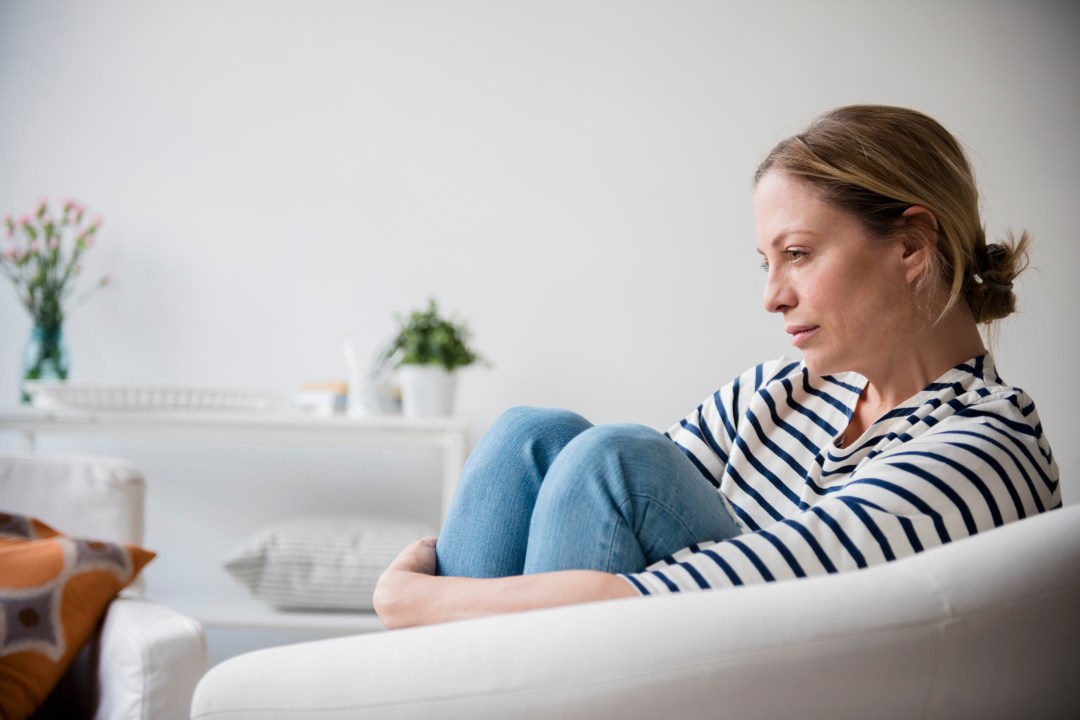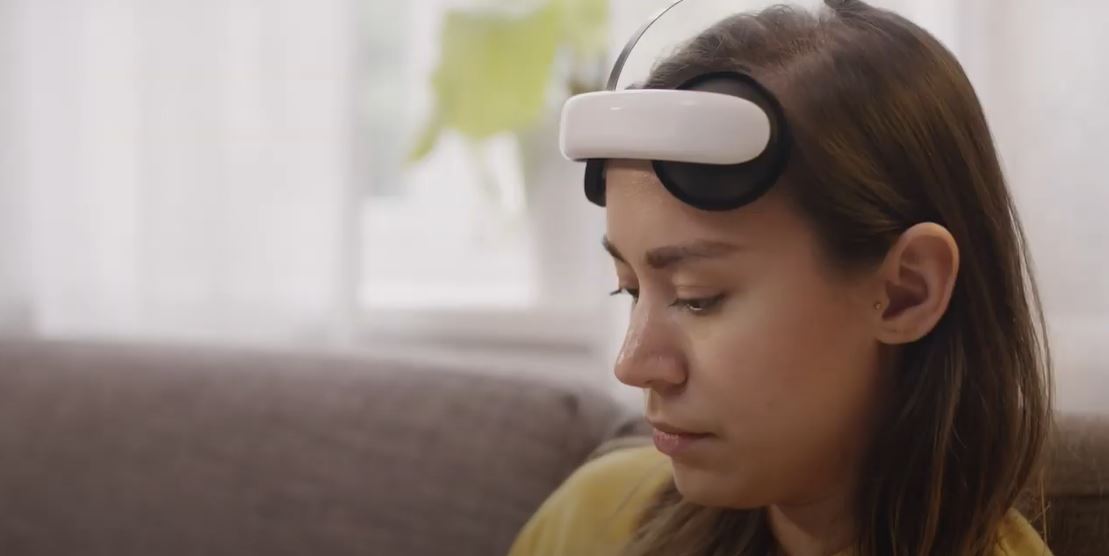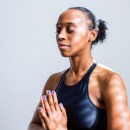Ease depression without medication
Depression can be treated at home, without a prescription

Sponsored article
It’s likely that you, or someone that you know, will experience symptoms of depression at some point in life. In fact, 280 million people currently cope with some degree of depression according to the World Health Organisation, meaning the mental health condition is a lot more common than you might think.
The symptoms of depression can vary substantially from one person to the next. More severe cases typically require professional support, and in some cases, medication may be prescribed as the appropriate treatment.
When it comes to treating depression, however, it’s important to understand that there are more options available than just anti-depressants and that the effectiveness of medication is not guaranteed.
For example, around one-third of those with severe depressive symptoms like poor sleep, fatigue and suicidal ideation will not respond effectively to medication – a disorder known as treatment resistant depression (TRD).
And for those struggling with less severe symptoms, alternatives to antidepressants may be worth trying out first. There are several methods you can try at home, either by yourself or alongside professional support.
1. Diet
The quality of our diet has an impact on every organ in our body. Our brain – one of the most complex organs of all – is certainly no exception, so it should come as no surprise that adjusting our diet can act as an effective treatment for depressive symptoms.
Start by evaluating the foods you are currently eating to identify areas for improvement. Excessive amounts of red meat, added sugar, high-fat dairy, and fried foods have all been linked to people who experience more depressive symptoms. Consider replacing these with foods that have been proven to ease depressive symptoms, such as:
▪ Vegetables – especially leafy greens like kale, spinach and chard
▪ Fruit – especially berries
▪ Nuts
▪ Seeds
The Mediterranean diet is a great place to start. Research shows that the right amounts of fish, vegetables and olive oil can improve mood, promote good heart health, deliver anti-inflammatory benefits and more.
For example, in 2019, scientists from University College London found that people who follow a Mediterranean eating plan are up to a third (33%) less likely to develop depression symptoms. Another recent also study revealed that people who consume a large proportion of fruit and vegetables are happier, with scientists proving a direct link between the two.
Making changes to your diet is a journey, so remember to make small adjustments at first and work towards an end goal. If you need support on what, when and how much to eat, there are many apps available to help you with this. For example, the therapy app from Flow Neuroscience – available for free download – contains more useful information on how your diet can help you treat depressive symptoms.
2. Exercise
Another way to treat depressive symptoms may sound simple but can be surprisingly effective.
Exercise is critical to being healthy both physically and mentally, and studies have shown that regularly moving your body is linked to a reduced risk of several medical conditions, including depression.
For example, a 2019 study carried out by the Federal University of Santa Maria details how physical exercise can act as a form of protection from incident depression while also reducing its symptoms.
How does this work? The chemicals released into the brain during exercise, such as dopamine and serotonin, promote feelings of happiness and pleasure almost immediately after working out. And in the long-term, regular exercise creates new brain cells that allow you to build up a greater resistance to depression.
When incorporating more exercise into your lifestyle, they key is finding a style of movement that you enjoy and that suits your experience level. Dr. Wendy Suzuki – professor of neural science and psychology at New York University – recommends 30 to 40 minutes of exercise three to four times a week to stay mentally and physically well. However, many people struggle to find the motivation to exercise – especially when suffering with depression – so it’s important to always start small and work your way up. Even just walking regularly is known to be an excellent remedy and is perfect for beginners starting out in their fitness journey.
3. Meditate
Meditation is known to improve the mind’s resilience against depression and can help you process emotions more effectively. Research by Dr. Norman Farb – Assistant Professor at the University of Toronto Mississauga – found that people who meditate regularly react differently to sadness and are better able to navigate these emotions, helping to prevent the return of a depressive episode.
For example, meditators use what’s known as the ‘present moment network’ in their brain when they are upset, meaning they experience sadness without catastrophising or allowing it to escalate with worrying thoughts. Non-meditators use the ‘evaluation’ network of their brain, causing them to dwell on feelings of sadness and ask difficult questions like ‘why do I feel this way?’ and ‘how can I stop this?’
Regular meditation can be a great alternative to depression medication if done correctly, and the current recommended time for a meditation session is 10 to 30 minutes a day. For those starting out, there are three simple steps you can follow:
For additional guidance, the free therapy app from Flow Neuroscience includes a complete meditation module with both theory and meditation exercises for beginners.
4. Sleep
When it comes to treating depressive symptoms, the importance of sleep cannot be overstated. According to psychiatrists from the University of Freiburg, an inherent link between ‘melancholia and sleep disturbances’ has been observed as far back as ancient times, and sleep disorders like insomnia are today widely accepted as predictors of depression.
To ensure you are getting a good quality sleep, it’s important to develop a consistent routine. Waking at the same time every day and setting a regular bedtime – even on weekends – will help drastically.
Begin unwinding around 90 minutes before bed and avoid lying awake for too long if you are not tired. Your mind must form a connection between bed and sleep, so if you find yourself restless and staring at the ceiling, get up after 20 minutes and do something relaxing until you feel tired.
Other sleep tips include:
▪ Keeping your bedroom at around 18°C
▪ Having a warm bath or shower before bed
▪ Avoiding screens two hours before bed
For more information on how improving your sleeping habits can ease depressive symptoms, check out the free therapy app from Flow Neuroscience here.
5. Brain stimulation









